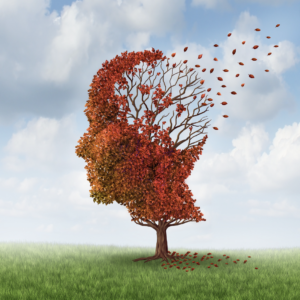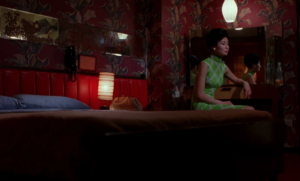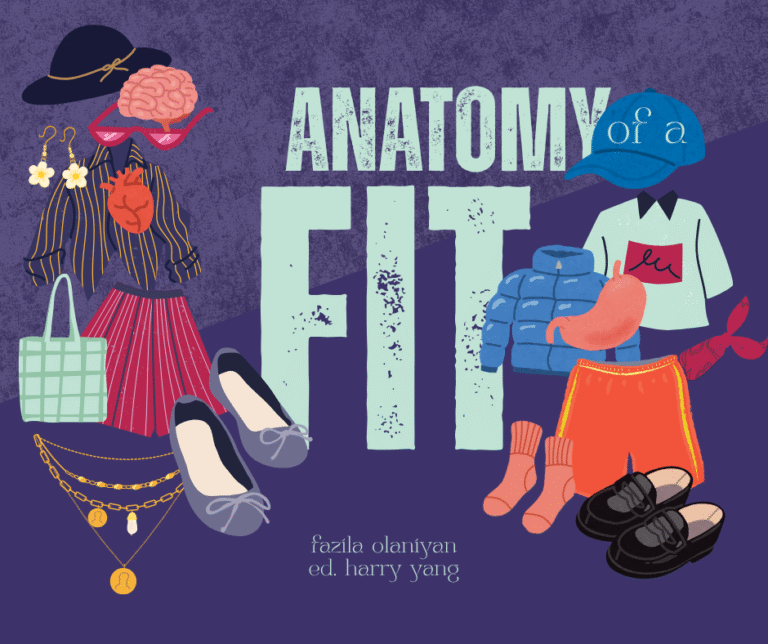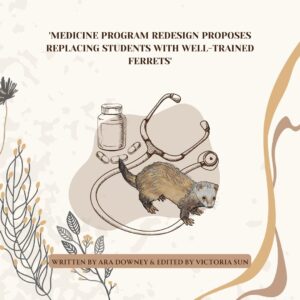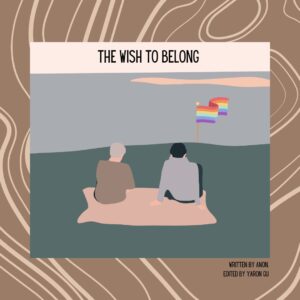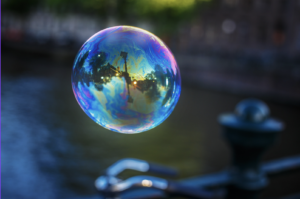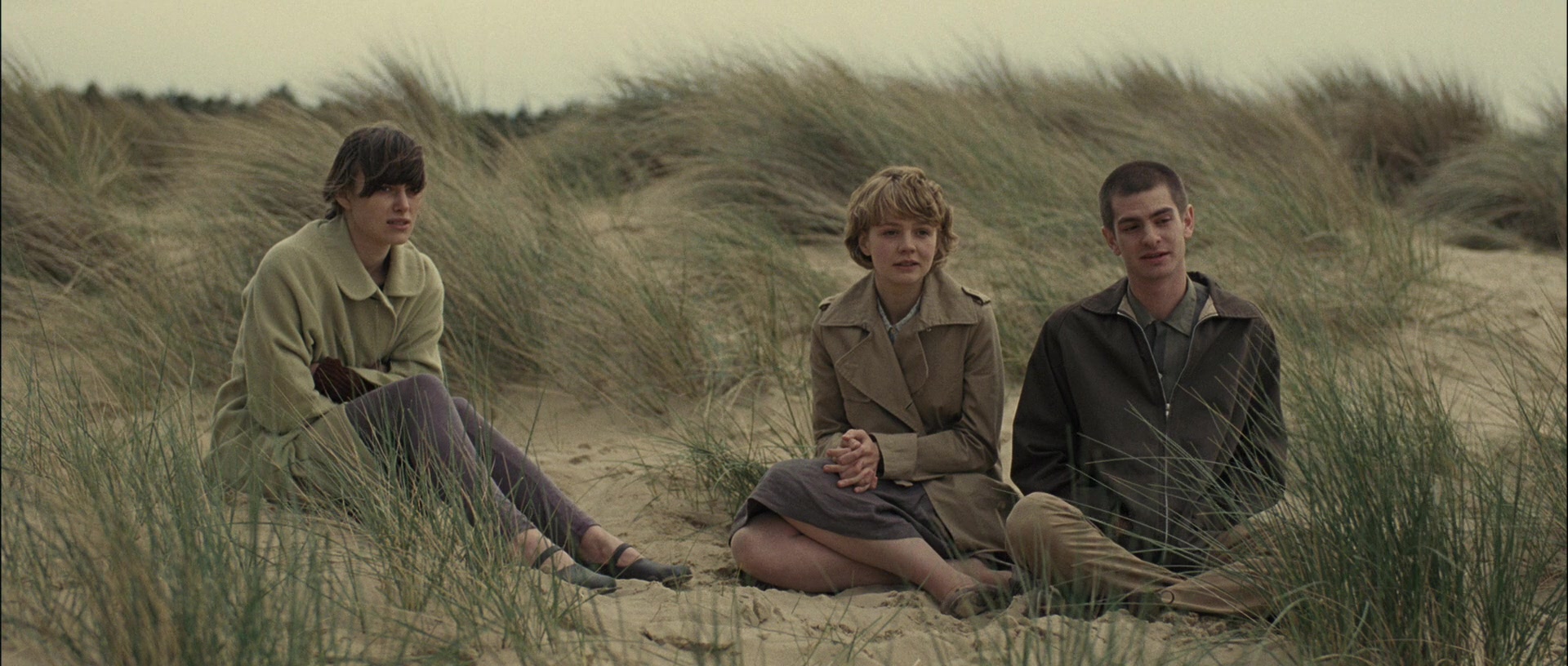
by RACHAEL HANLY & LUANA SAWMYNADEN
This week’s rec: Never Let Me Go by Kazuo Ishiguro
Medium: Fiction
![]()
“I keep thinking about this river somewhere, with the water moving really fast. And these two people in the water, trying to hold onto each other, holding on as hard as they can, but in the end it’s just too much. The current’s too strong. They’ve got to let go, drift apart. That’s how it is with us.”
***Spoiler Warning – this review contains a large spoiler that is revealed about halfway through the novel, so read at your own risk!***
Sir Kazuo Ishiguro is a novelist, short-story writer and Nobel Prize winner who is considered one of the most distinguished contemporary authors in the modern world. One of his most famous novels, Never Let Me Go (2005), is a contemplative reflection on mortality, humanity, memory and loss. But along with this comes the question about how we as a society view what makes up a human life, and a confronting, unsettling interrogation about the lengths to which medicine is willing to go.

Set in a dystopian parallel universe, the novel is told through the narrator Kathy’s memories of the past, from her childhood at the mysterious Hailsham boarding school to her current position as a “carer.” Ishiguro’s nostalgic, pondering tone conjures up an undercurrent of inexplicable longing, and Kathy seems astoundingly tired and resigned as a 31-year-old, a far cry from how she describes her past self, a smart, kind and free-spirited girl. Though we are inclined to trust Kathy, Ishiguro imbues her with a sense of unreliability that has her constantly questioning what she has remembered and imagining other possibilities, a comment on the fragile yet potent nature of the human memory.
“Memories, even your most precious ones, fade surprisingly quickly. But I don’t go along with that. The memories I value most, I don’t ever see them fading.”
One of Ishiguro’s many strengths lies in his ability to conjure startlingly human characters that we as readers learn to feel for, with flaws and desires that mirror our own. So when we find out that Kathy and her schoolmates are clones, bred specifically for organ donation and with a lifespan never to exceed early adulthood, we understand the horrific implications of the story, something exacerbated by the fact that Kathy herself seems complacent about her fate. Indoctrination and a sheltered existence has destroyed her and her friends, reducing them to shells of their childhood selves.

“Your lives are set out for you. You’ll become adults, then before you’re old, before you’re even middle-aged, you’ll start to donate your vital organs. That’s what each of you was created to do.”
Ishiguro’s novel was published during a period of intense debate concerning biotechnological developments, which had first struck popular consciousness as stem-cell research was starting to thrive during the 1960s-70s. Pluripotent embryonic stem cells can differentiate into more than 200 types of cells. However, extracting them from the embryos terminates their lives, which sparked outrage.
More classifications were made as the theme was further explored. There now lies a difference between “therapeutic cloning”, conducted in order to cure diseases through tissue and cell creation – legalized in 2002 in the United Kingdom – and “reproductive cloning”, the controversial one, involving designing a whole new human being. Zain Hashmi’s case was one that crossed boundaries when his parents were granted permission to create a “savior sibling”, whose umbilical cord tissue would be harvested to save its brother.
“We took away your art because we thought it would reveal your souls. Or to put it more finely, we did it to prove you had souls at all.”
Words which sound ironic as nothing permeates the story more than the characters’ heartbreaking humanity. However, the most distressing aspect to this story is indubitably the complete passivity of our characters regarding their own fate as living organ farms. There is no rebellion, no elopement, only cries and manic screams against the injustice of it all: dehumanized, merely breathing instruments for others’ benefit. The systematic abuse of a select group for the benefit of the rest of society.
Ishiguro’s plot does not sound too unfamiliar from our near future. The price for an aging population is increased need for medical attention and interventions, creating a huge demand for young and healthy organ donors. Medical progress is irrepressible, but is there really no limit to it? Have we not, as a result of extending lifespan, inadvertently paved the way for more exploitation and disparities by aggravating the necessity for donations and remaining blind to a thriving organ harvesting black market? Are human technological advances only a means to attempt evading death, and if so, should morality allow itself to be distorted to fulfil that desperate cause?

Designing human beings, raising cloned humans for organ harvesting: those are inconceivable, so what is to be done? With a lack of female donors, prohibited monetary compensations for donations and bioethical debates surrounding its trivialisation of human life, embryonic stem cell research seems unlikely to develop soon. However, future stem cell development may allow us to engineer neo-organs, such as the induced pluripotency in skin cells by altering 4 regulatory genes controlling cell differentiation.
Ishiguro himself did not have a scientific background- he intended his story to be “something simple, but very fundamental, about the sadness of the human condition.” And though it is easy to get caught up in scientific implications in an age of such knowledge and advancement, we must step back and listen to Ishiguro’s message. Now more than ever it is integral that we read literature that reflects the human condition, as understanding it is the key to a more empathetic and ethical future.
“Because somewhere underneath, a part of us stayed like that: fearful of the world around us, and—no matter how much we despised ourselves for it—unable quite to let each other go.”

